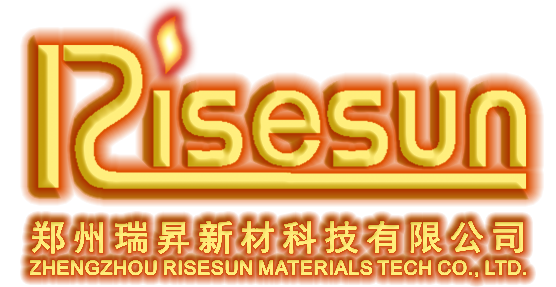12
2024
-
12
The Advantages of Silicon Carbide Heating Element Furnaces in Electrical Engineering
Silicon carbide heating element furnaces represent a significant advancement in thermal processing technology. These furnaces utilize silicon carbide (SiC) as the primary heating element, which grants them several distinct advantages over traditional heating methods. Understanding these benefits is crucial for professionals in the electrical engineering and heating equipment sectors. One of the pr
Silicon carbide heating element furnaces represent a significant advancement in thermal processing technology. These furnaces utilize silicon carbide (SiC) as the primary heating element, which grants them several distinct advantages over traditional heating methods. Understanding these benefits is crucial for professionals in the electrical engineering and heating equipment sectors.
One of the primary advantages of silicon carbide heating element furnaces is their high-temperature capability. SiC materials can withstand temperatures up to 1600°C (2912°F) or higher without degradation. This feature allows these furnaces to be used in various applications, including ceramics, metal processing, and advanced materials synthesis, where consistent high temperatures are essential for effective processing.
Another notable benefit is their energy efficiency. Silicon carbide heating elements have superior thermal conductivity compared to other materials, which translates to faster heating times and less energy consumption. As energy costs continue to rise, the ability to operate at lower energy levels while achieving the same, if not better, performance is a significant advantage for manufacturers and engineers alike. The efficient heat transfer also results in reduced operational costs, making SiC furnaces an attractive option for various industries.
Durability is another characteristic that sets silicon carbide heating element furnaces apart. SiC is known for its exceptional resistance to oxidation and thermal shock. This means that these heating elements can endure the harsh conditions often present in industrial environments without succumbing to wear and tear quickly. This reliability not only extends the lifespan of the equipment but also minimizes maintenance and downtime, further enhancing productivity.
In terms of safety, silicon carbide heating element furnaces are designed with enhanced features that reduce the risks associated with high-temperature operations. The materials used in SiC elements are less likely to break or fail under extreme conditions, ensuring a safer work environment. This safety aspect is crucial for industries where accidents can lead to significant losses, both in terms of materials and human resources.
Moreover, silicon carbide heating element furnaces are increasingly being integrated into smart technologies, allowing for better process control and automation. This integration enables real-time monitoring and adjustments, improving efficiency and output quality.
In conclusion, silicon carbide heating element furnaces offer numerous advantages, including high-temperature resistance, energy efficiency, durability, and safety. For electrical engineering professionals, understanding these benefits is essential when considering options for thermal processing equipment. As industries continue to evolve and demand more efficient solutions, the adoption of silicon carbide technology is likely to grow, marking a pivotal shift in how thermal processes are conducted.
One of the primary advantages of silicon carbide heating element furnaces is their high-temperature capability. SiC materials can withstand temperatures up to 1600°C (2912°F) or higher without degradation. This feature allows these furnaces to be used in various applications, including ceramics, metal processing, and advanced materials synthesis, where consistent high temperatures are essential for effective processing.
Another notable benefit is their energy efficiency. Silicon carbide heating elements have superior thermal conductivity compared to other materials, which translates to faster heating times and less energy consumption. As energy costs continue to rise, the ability to operate at lower energy levels while achieving the same, if not better, performance is a significant advantage for manufacturers and engineers alike. The efficient heat transfer also results in reduced operational costs, making SiC furnaces an attractive option for various industries.
Durability is another characteristic that sets silicon carbide heating element furnaces apart. SiC is known for its exceptional resistance to oxidation and thermal shock. This means that these heating elements can endure the harsh conditions often present in industrial environments without succumbing to wear and tear quickly. This reliability not only extends the lifespan of the equipment but also minimizes maintenance and downtime, further enhancing productivity.
In terms of safety, silicon carbide heating element furnaces are designed with enhanced features that reduce the risks associated with high-temperature operations. The materials used in SiC elements are less likely to break or fail under extreme conditions, ensuring a safer work environment. This safety aspect is crucial for industries where accidents can lead to significant losses, both in terms of materials and human resources.
Moreover, silicon carbide heating element furnaces are increasingly being integrated into smart technologies, allowing for better process control and automation. This integration enables real-time monitoring and adjustments, improving efficiency and output quality.
In conclusion, silicon carbide heating element furnaces offer numerous advantages, including high-temperature resistance, energy efficiency, durability, and safety. For electrical engineering professionals, understanding these benefits is essential when considering options for thermal processing equipment. As industries continue to evolve and demand more efficient solutions, the adoption of silicon carbide technology is likely to grow, marking a pivotal shift in how thermal processes are conducted.



